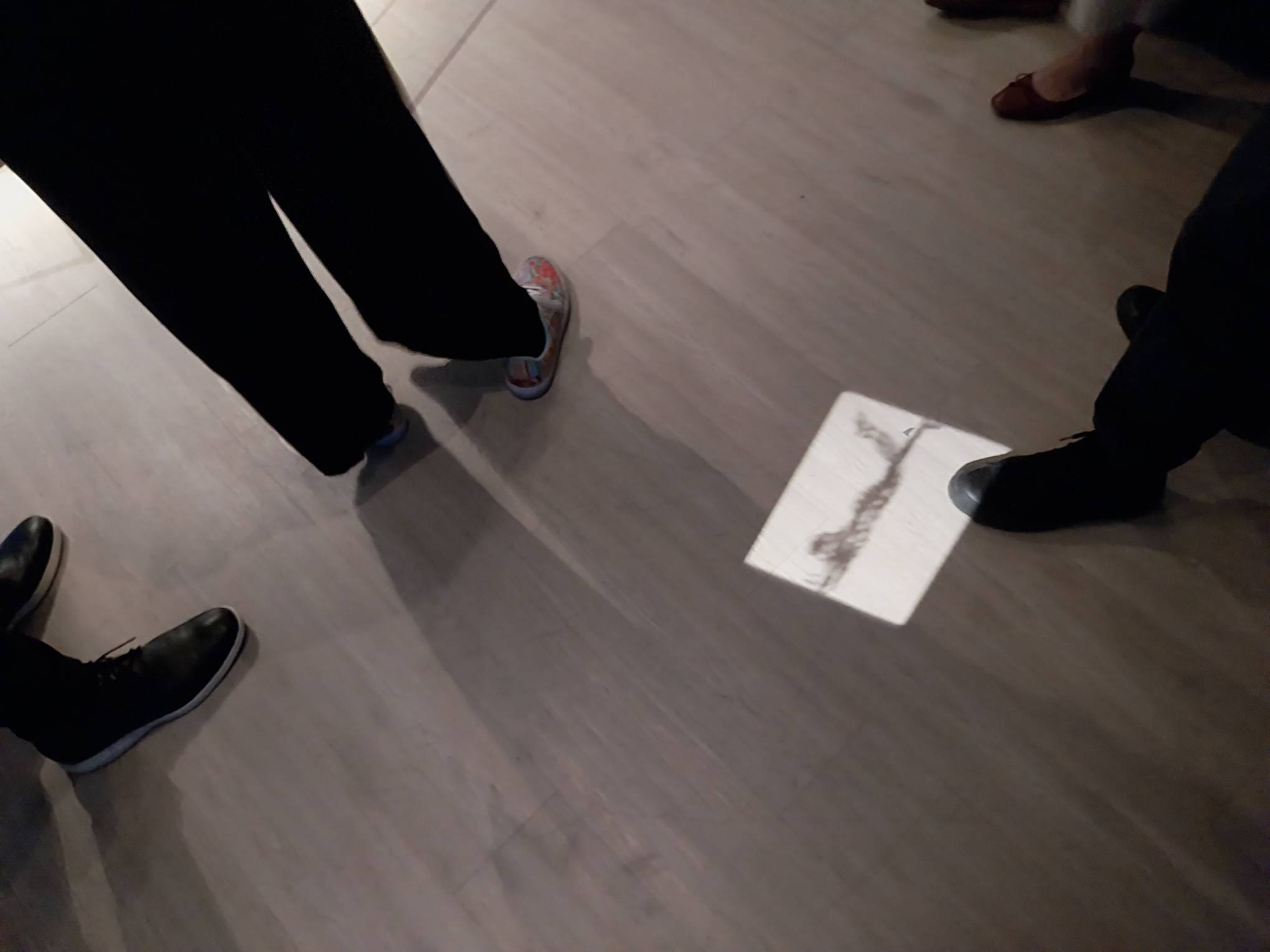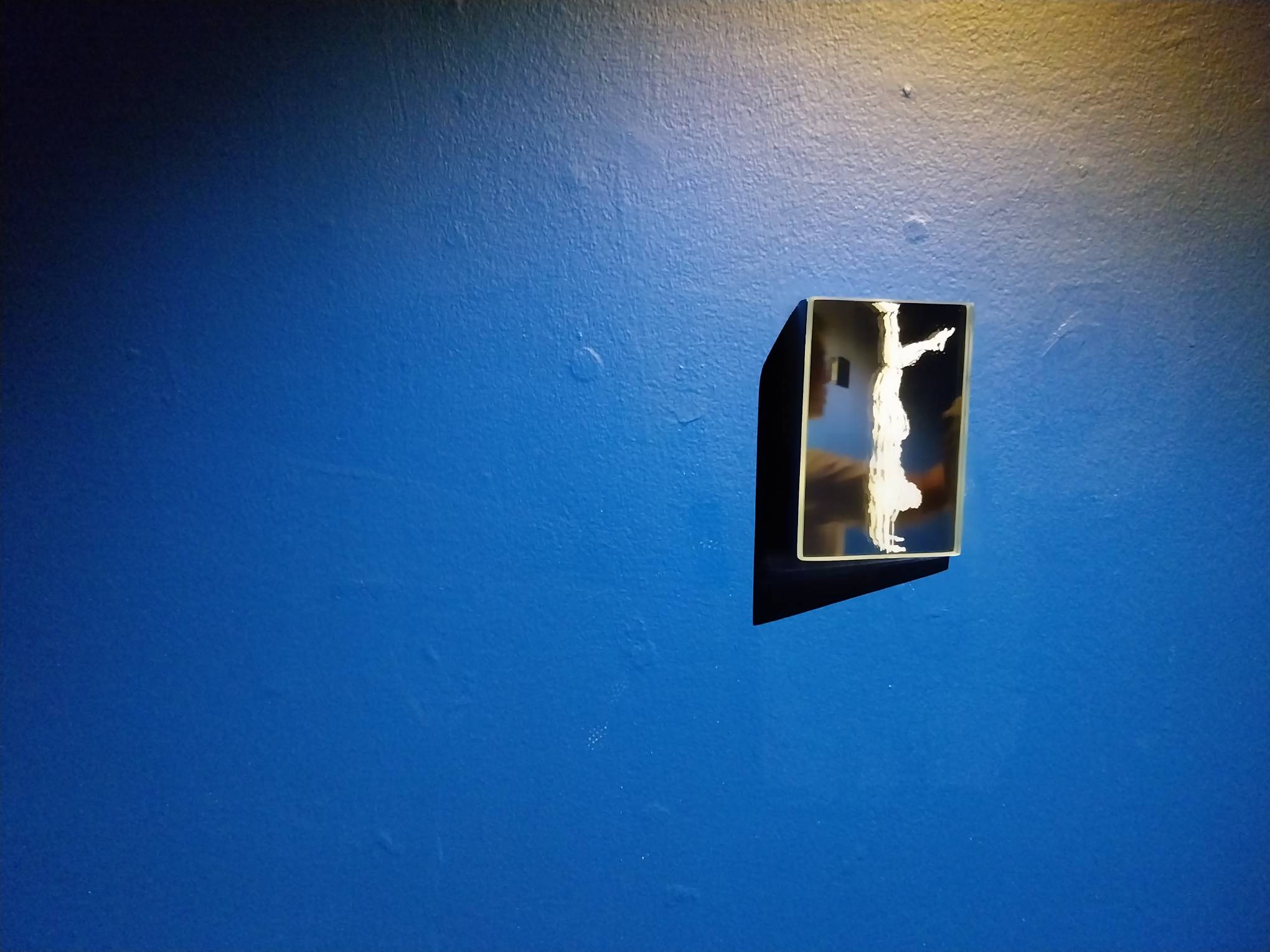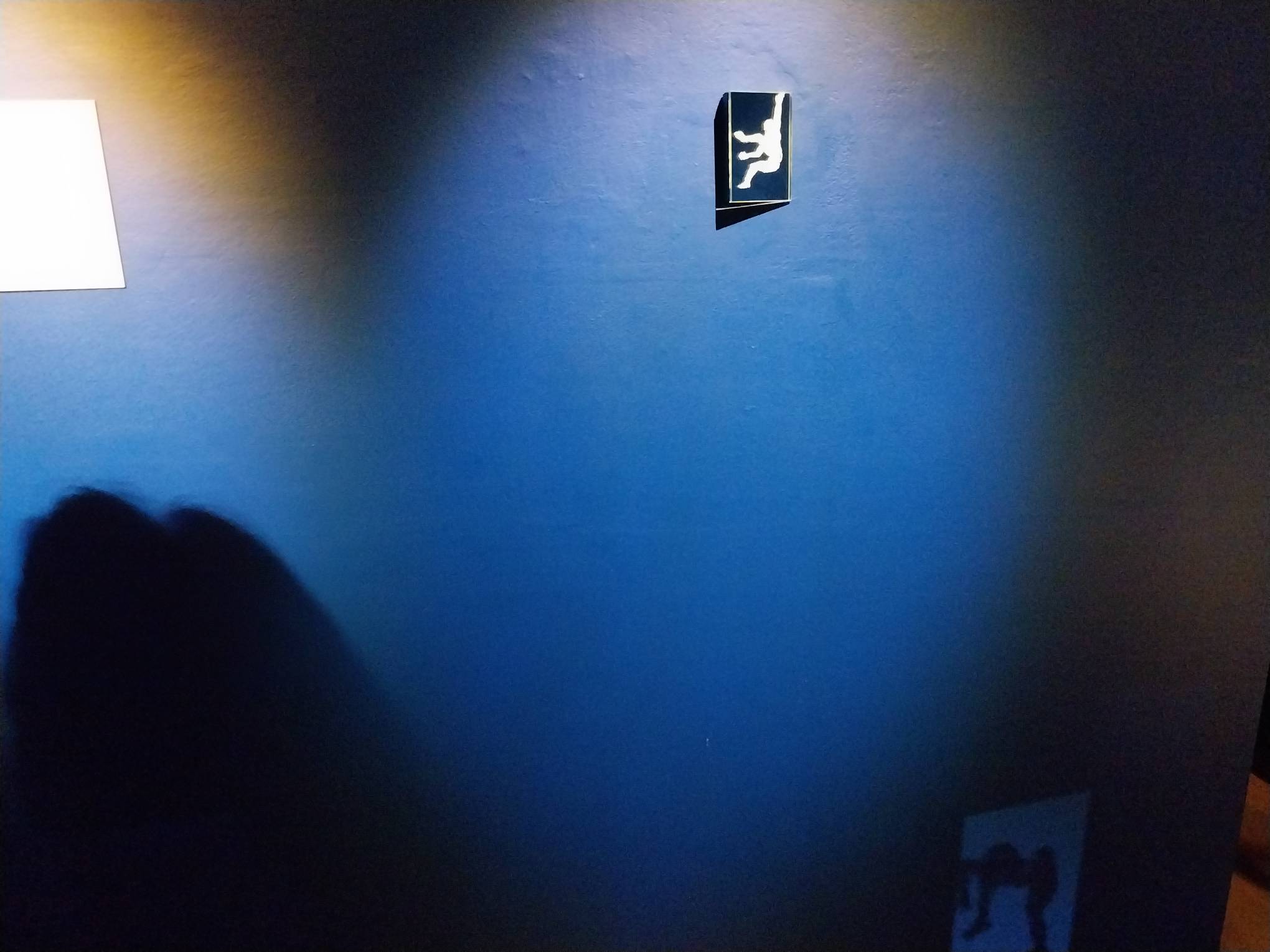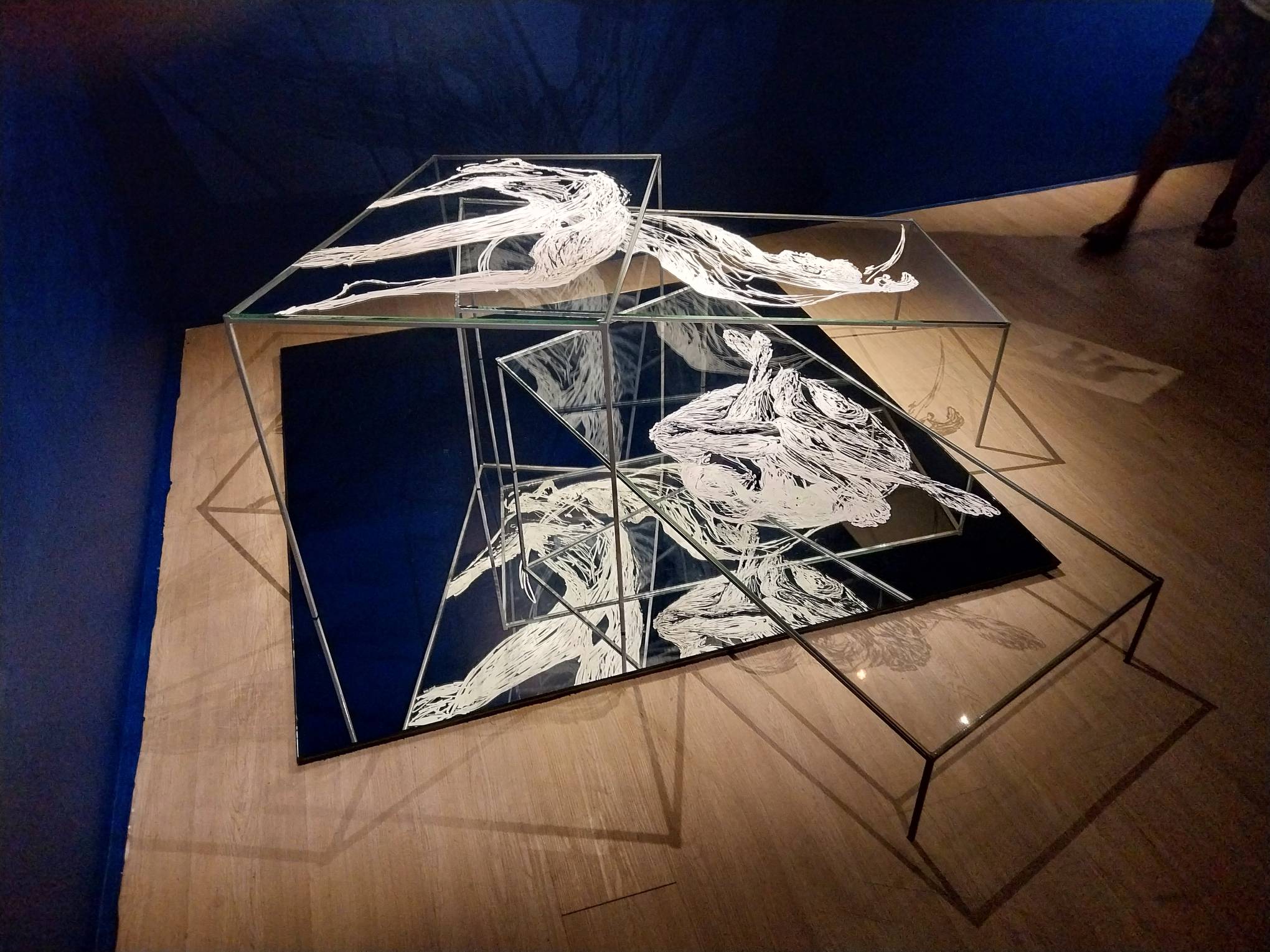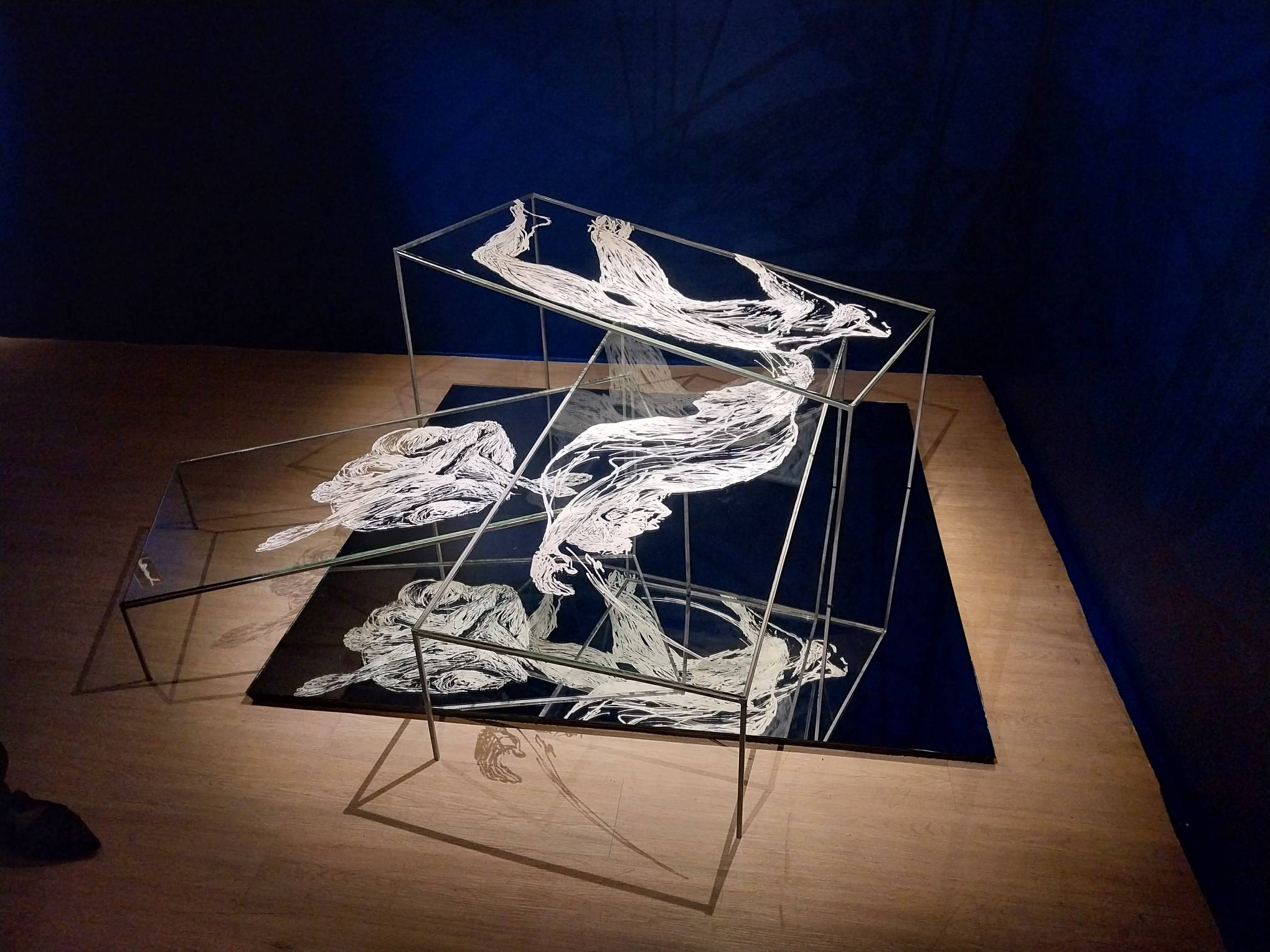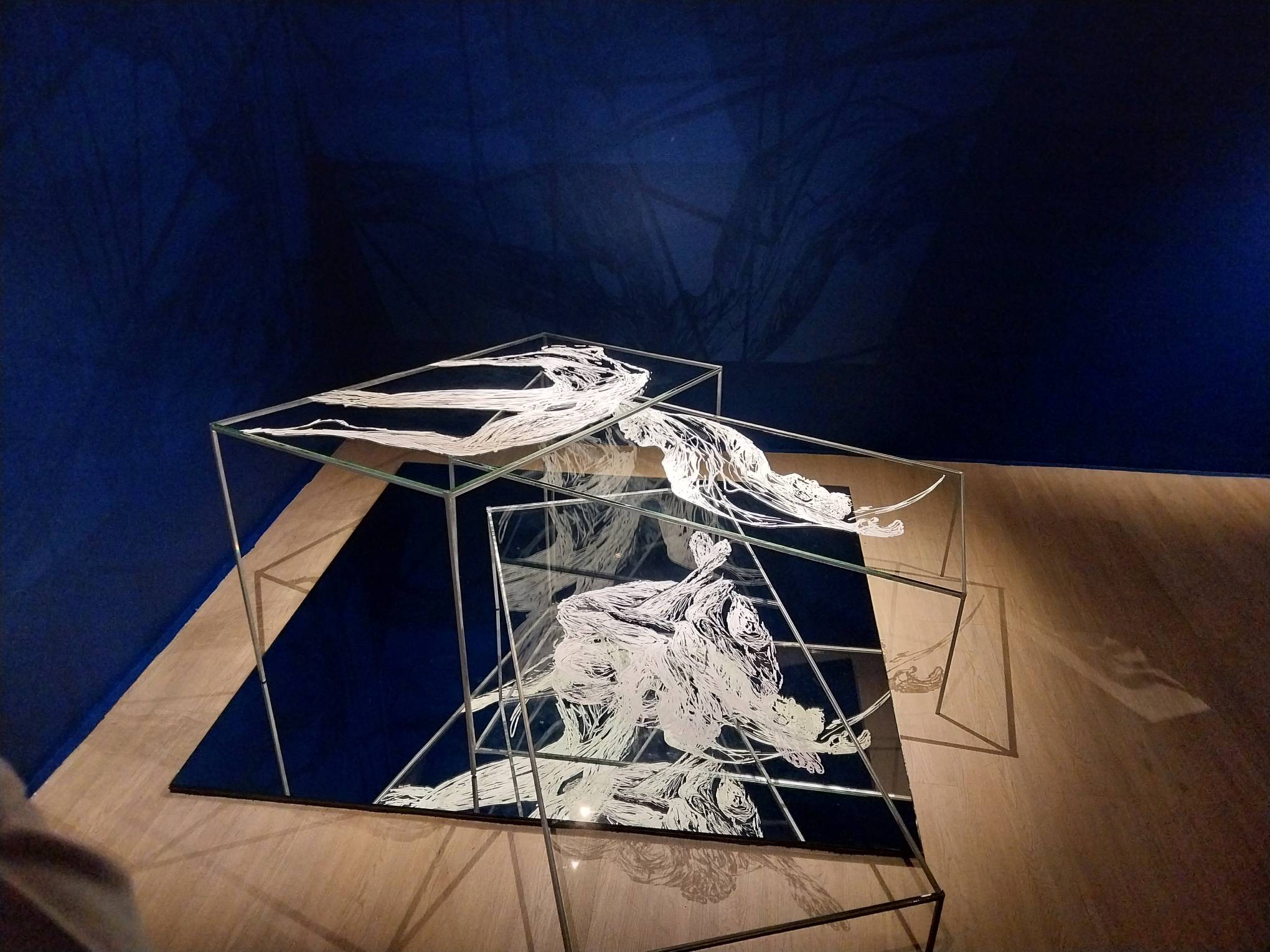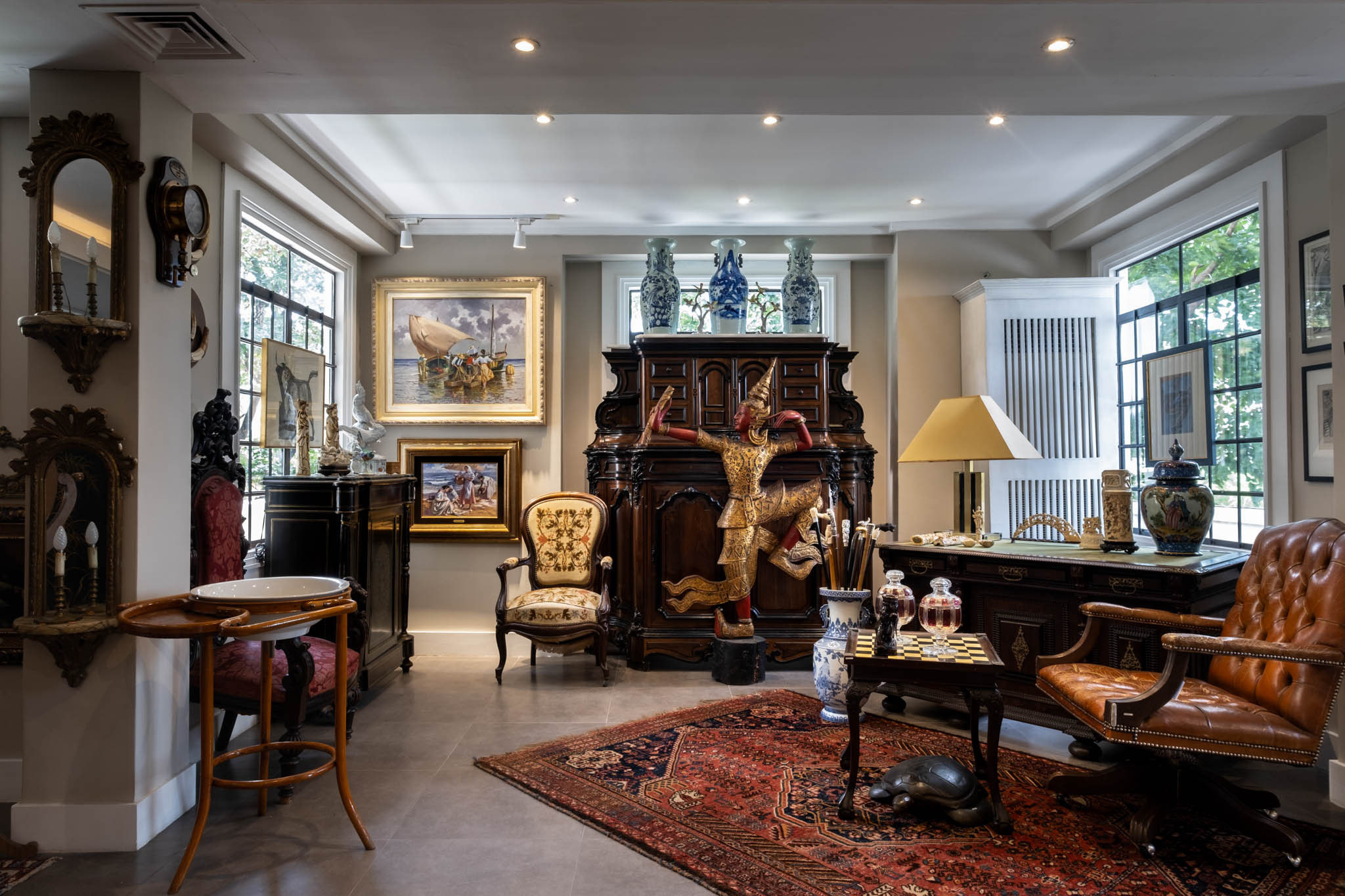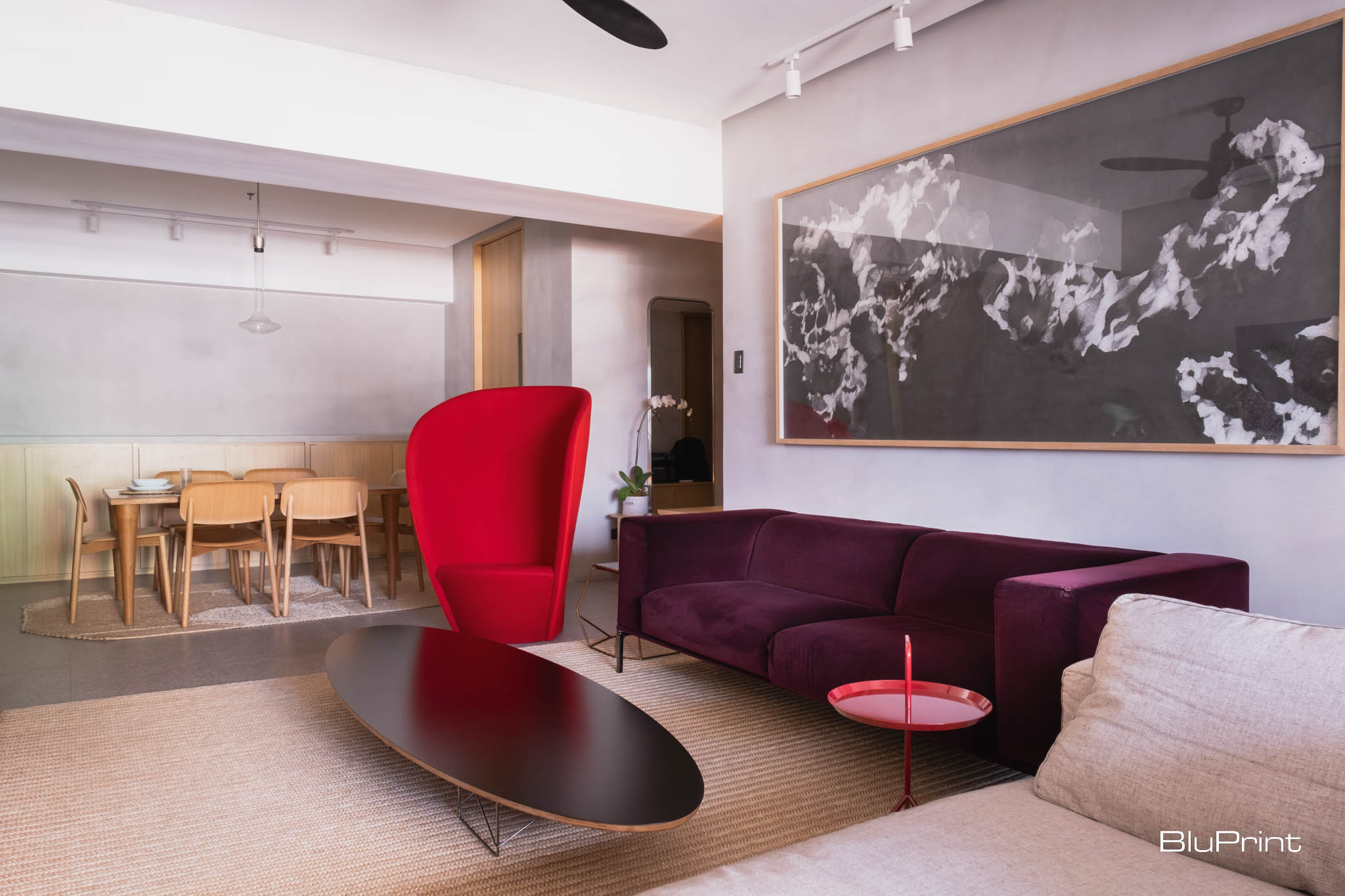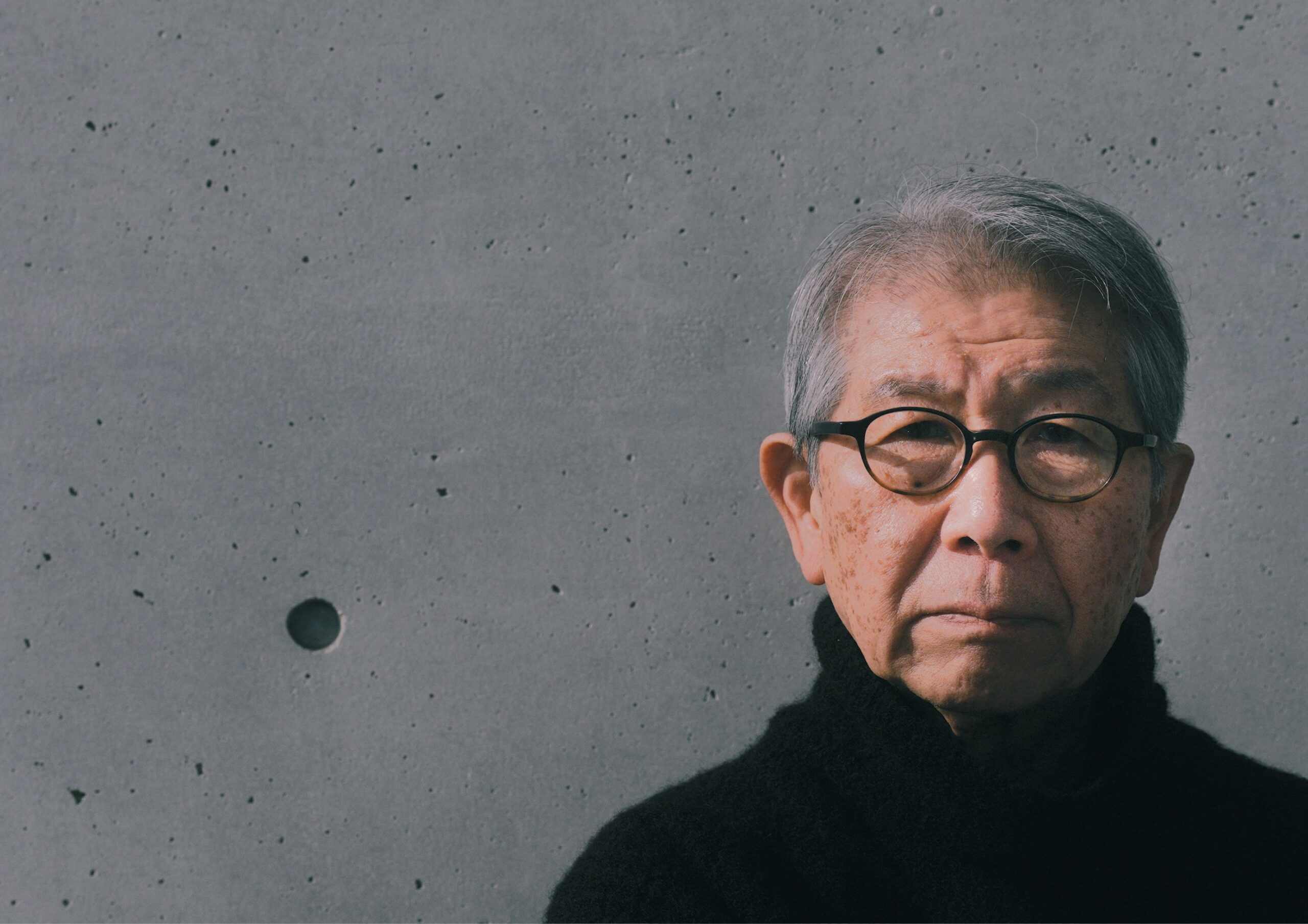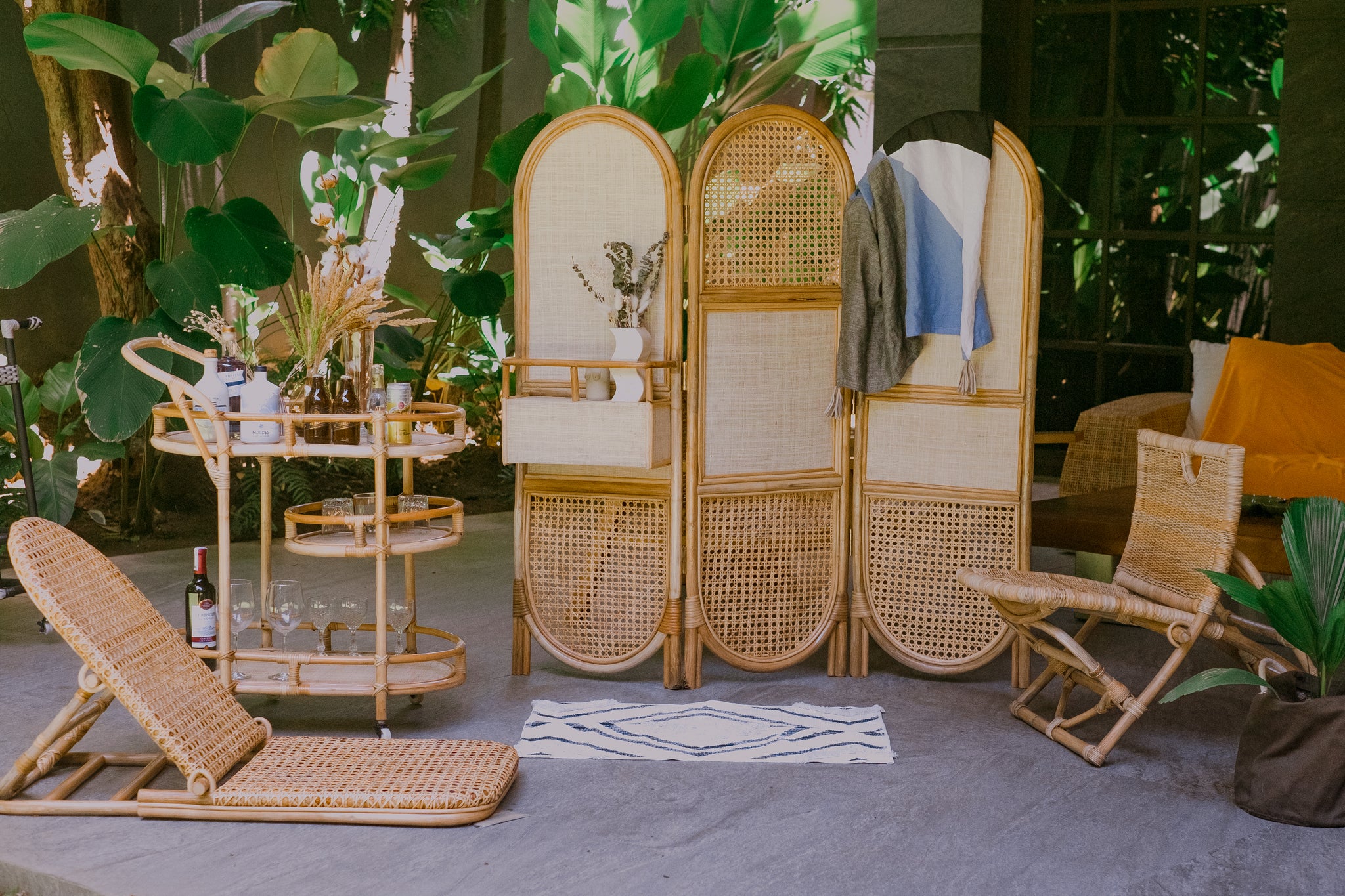The Bauhaus interior design style was the merging of artistic craftsmanship with the prevalence of industry from the 1920s to the 1930s. Birthed from the aftermath and widespread impact of the industrial revolution, this movement birthed and influenced the sleek and minimalist tropes we liken to modern design aesthetics. The History of Bauhaus The Bauhaus […]
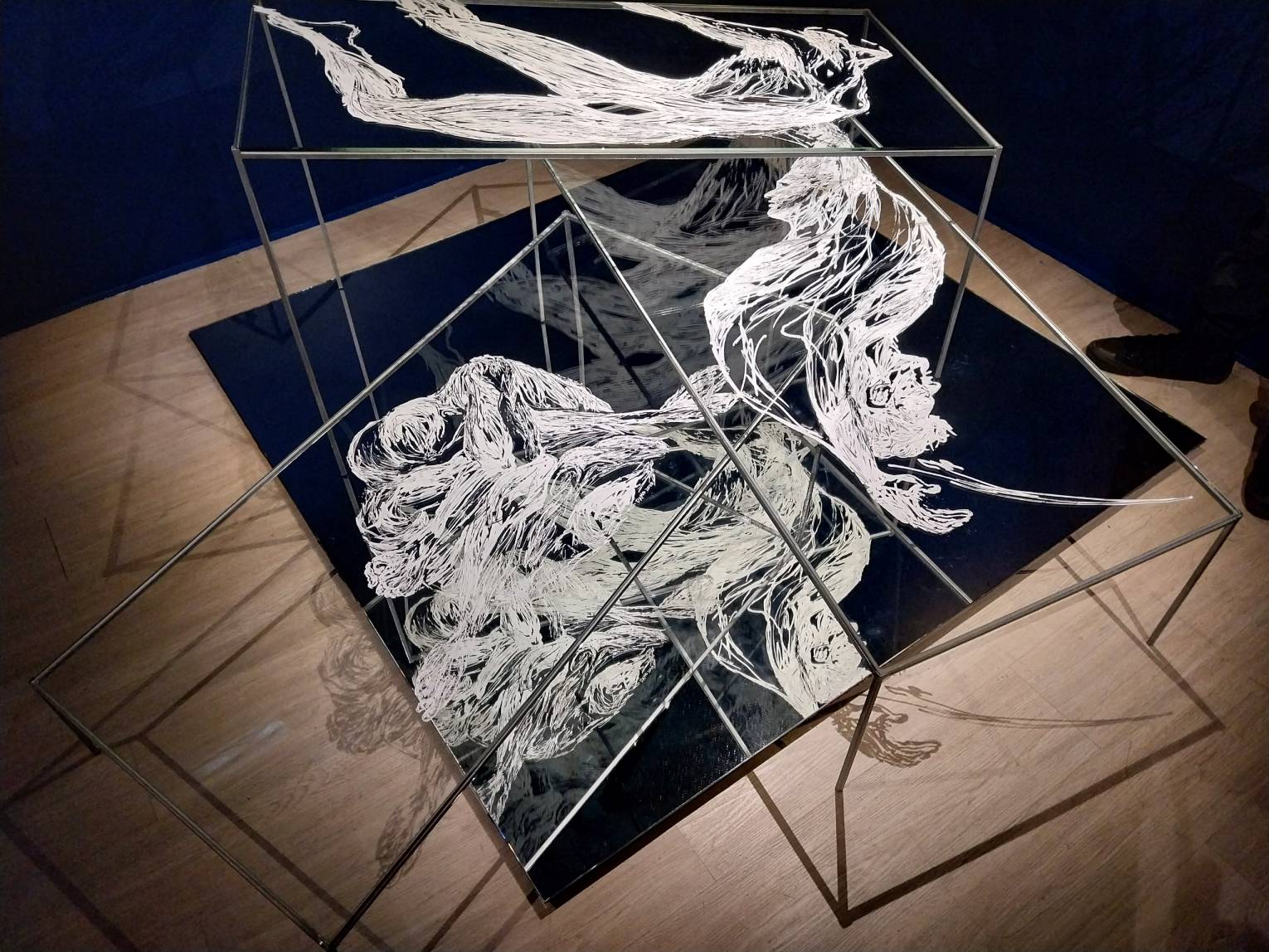
‘Extasis Forever’: Representing Mirrors to the Queer Experience
Dano Tingcungco’s Extasis Forever, currently exhibiting at Gravity Art Space until April 27, is a personal work from the artist that radiates the fragility of happiness within queer circles. ‘Extasis’ is Spanish for ecstasy, and the work exists in that sense of feeling of happiness.
The piece consists of mirrors and glass, with the images of dancers carefully painted into it. Around three small mirrors are connected to the walls with their own spotlight.
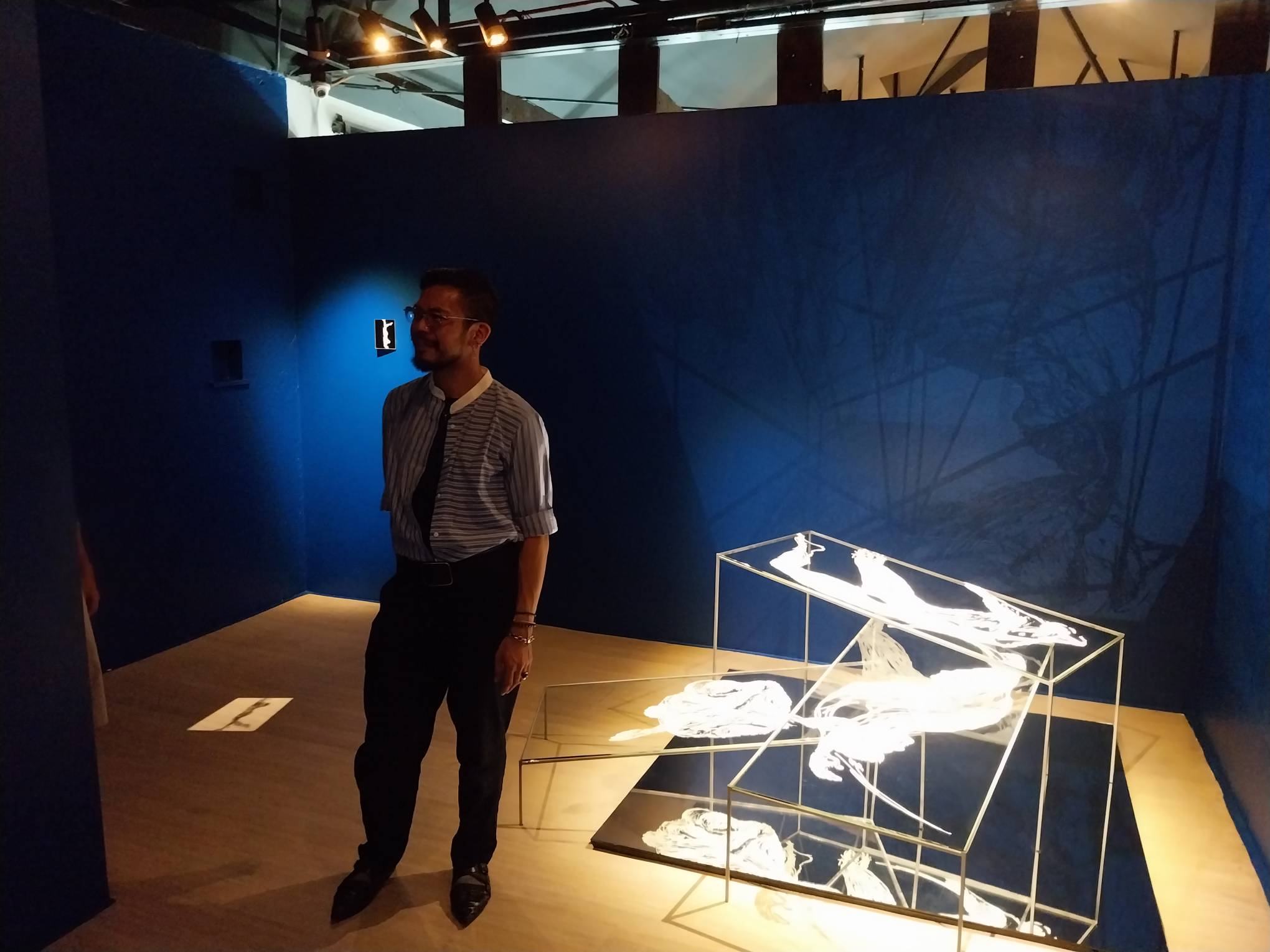
Tingcungco shares that he had spent over a year on the project. He spent nine months parsing out theory and meaning behind the piece, and three months on its production. This includes the choreography of the dancer-models, which Tingcungco said he created an amalgamation of for the piece.
Pulsing Loudness of the Club
The exhibit showcases a club-like feeling without being in the club at all. The walls are painted royal blue. Spotlights disturb the general darkness of the exhibit by pointing on the mirrors and glass at multiple angles. More than the use of darkness and light to evoke the feelings of a club is the six-hour DJ set recorded on an iPod Touch that plays while you look at the exhibit.
In the write-up given alongside the exhibit, Carlomar Daoana said that the use of royal blue was intentional. “[The color of the exhibit] evokes the depths of the sea and the swirling currents of emotion. The choice of color invites viewers to immerse themselves in the fluctuating tides of feelings.”
Reflections of Queerness
The spotlights point mostly to the central work of the exhibit, which is three glass panes precariously stacked on top of each other, with a mirror on the floor below the panes. The glass panes have dancers painted on top of it., When the spotlight hits the paint, they glow, basking in the euphoria that one can temporarily feel in the club.
The placement of the glass panes plays with the perspective of the audience. They see the figures’ stilled movements and how they work together and apart from each other. Tingcungco said that the placement of the glass is deliberate, not just to play with the painted-on drawings of the figures, but also to play with the shadows that it creates with the spotlights.

When paired together, the figures seem like they’re mixing together and falling apart. It becomes commentary on how queer love feels ever-so-effervescent even in its peak ecstasy.
Ecstasy in the Past and Future
Tingcungco calls the exhibit his way of showing the permanent fragility of queer love in many spaces. He chose glass deliberately to show that fragility, the temporariness of the ecstasy felt in the club. Moreover, he said that his own experiences navigating queer love with other men inspired the piece. His experience over the negotiation that happens in that environment inspired the way the pieces connect together in the light and outside of it.
In their write-up, meanwhile, Daoana describes the work as representing the “transparency and delicacy” of discovering one’s sexuality and navigating the world with that in mind.
Negotiating queerness in a world that seemingly prohibits it will always feel complicated. But Extasis Forever captures that complication well, and relays the importance of the moment for a queer person. Even if one isn’t accepted out in the world or in one’s family, that navigation of queer spaces and the freedom one can find there can be enough to fuel one’s courage to keep going.
Related reading: Queer Spaces and the Possibilities of Place
